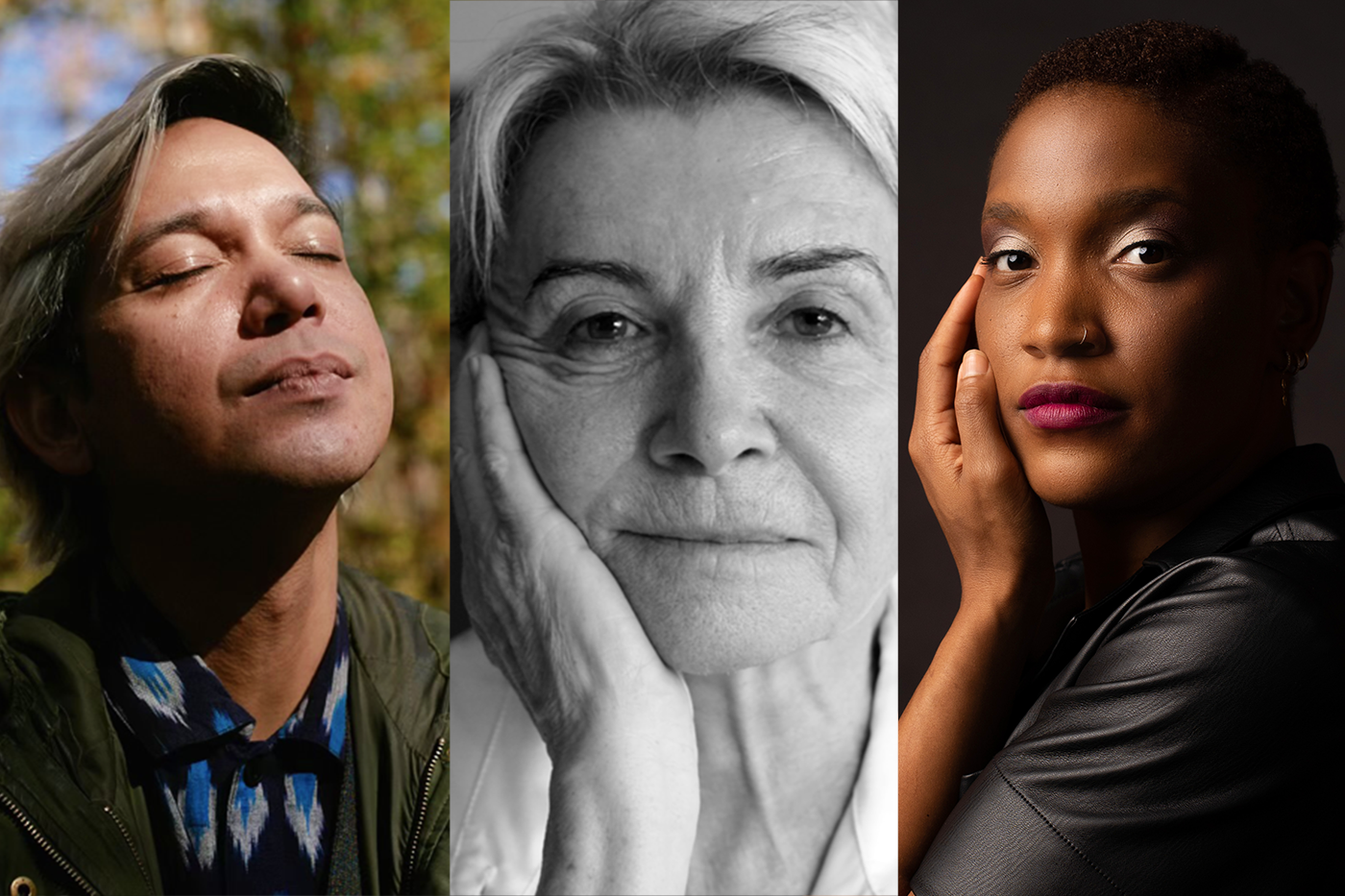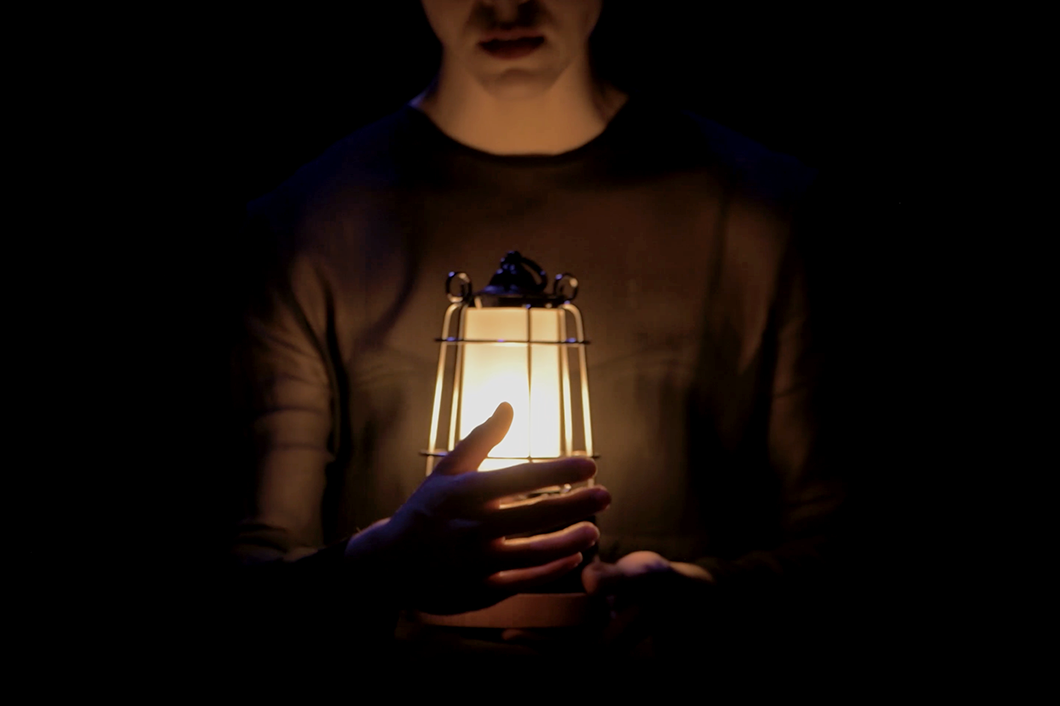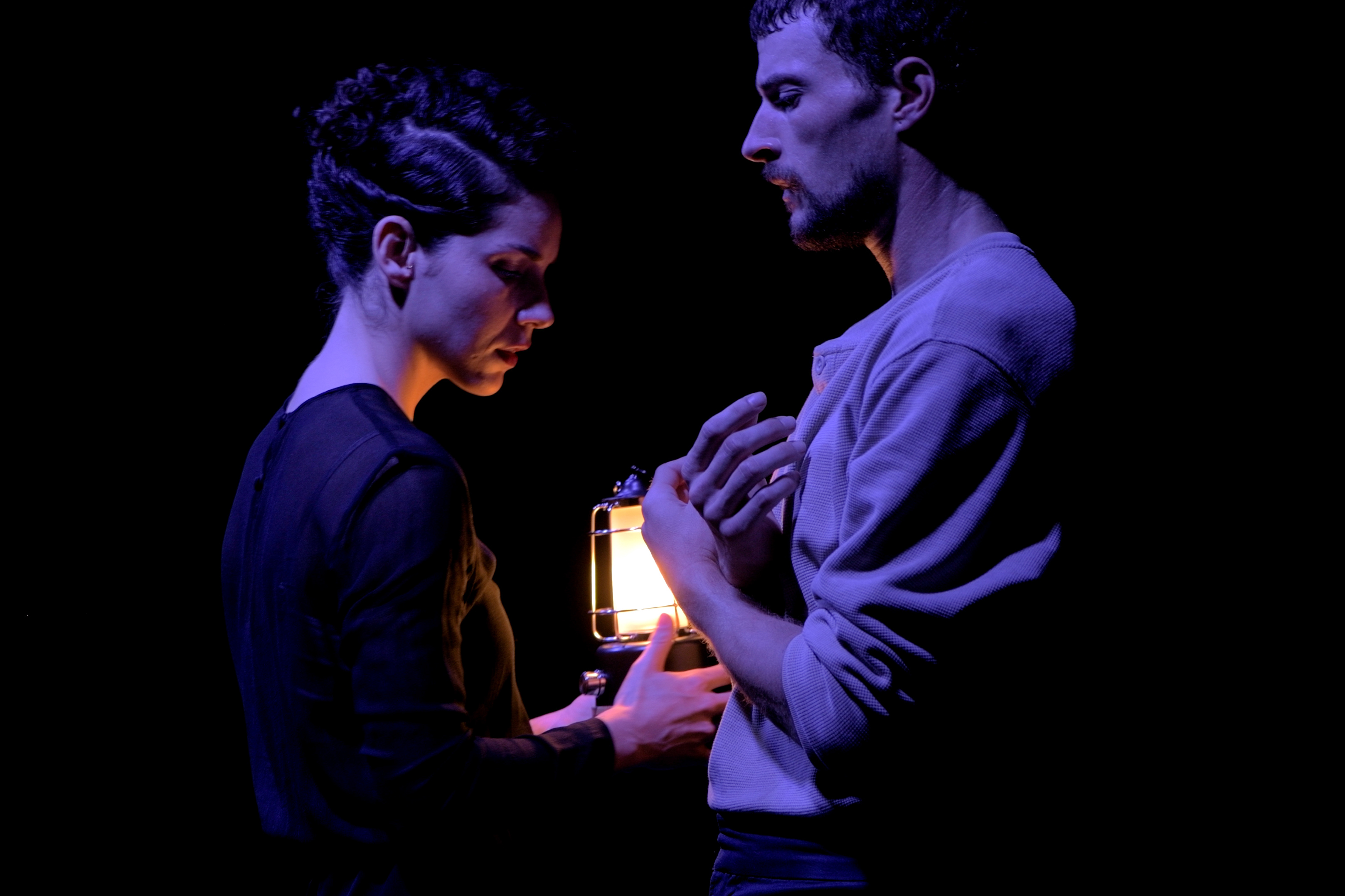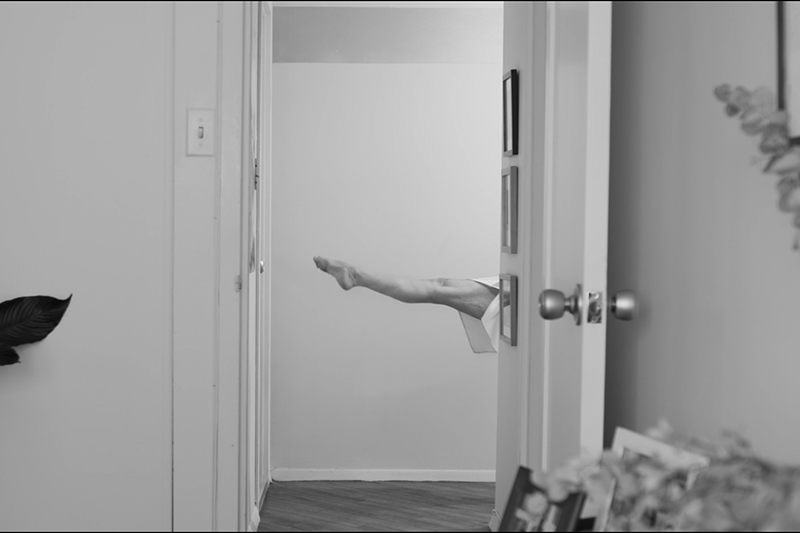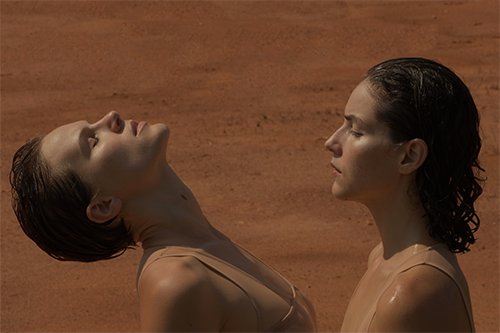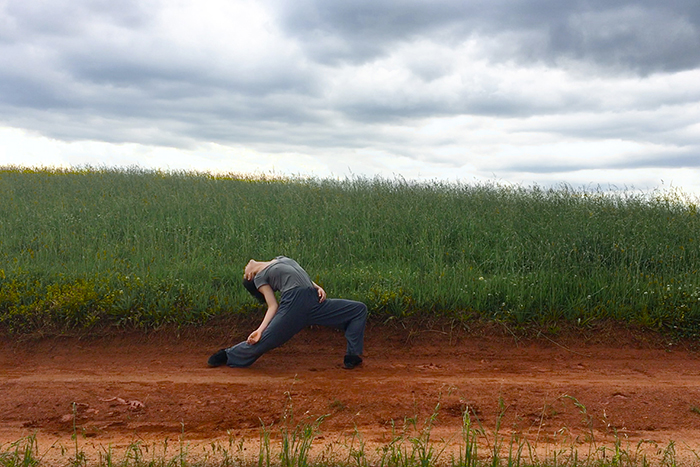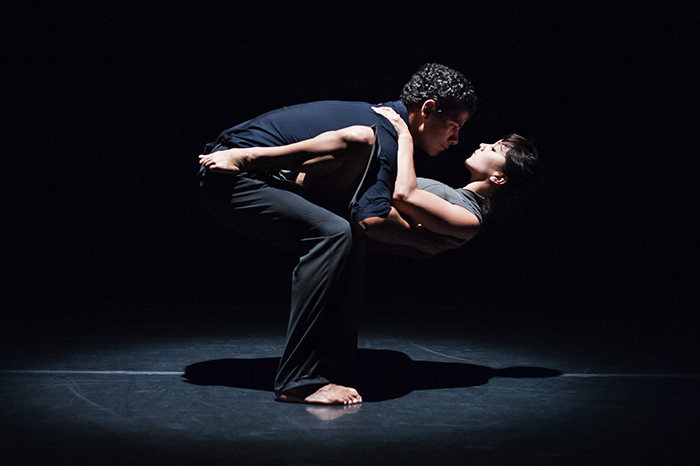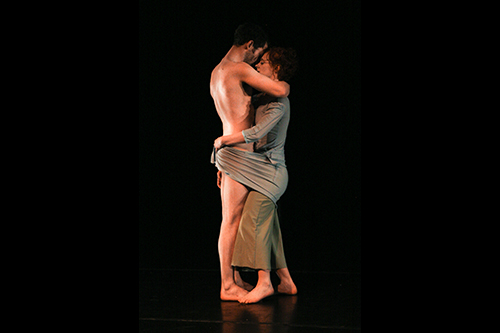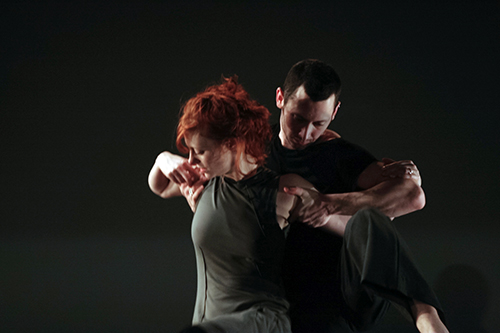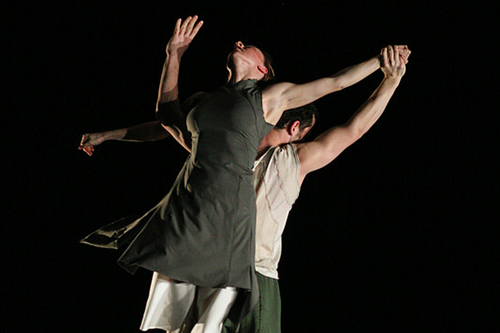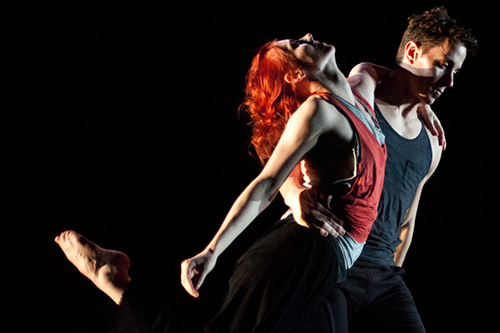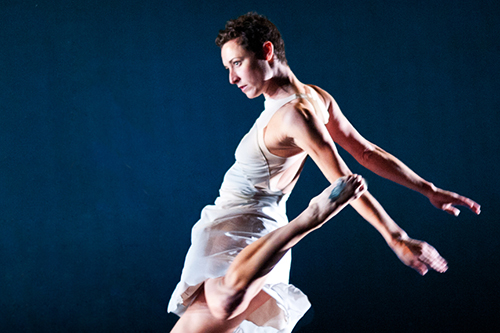As a culture, when we think of dancers at all we may picture ballet dancers, perhaps Broadway dancers. A strange cliche persists that the choreographer fills an empty vessel - a dancer - with meaning. I can tell you that’s an entirely wrong perception.
The Portrait Project focuses on contemporary dancers.
Contemporary dancers are brilliant thinkers; sensitive as antennae to the world of sensation, emotion, and fine technique required for their craft. Watching dancers think-out-loud-in-movement is a privilege I’ve enjoyed for years.
Now I hope to share that experience with you in The Portrait Project.
My film collaborator Jack Flame Sorokin and I look closely at dancers in dual modes; language and movement. Our first three portraits engage dancers at different stages of life and career, making them lively companion pieces.
